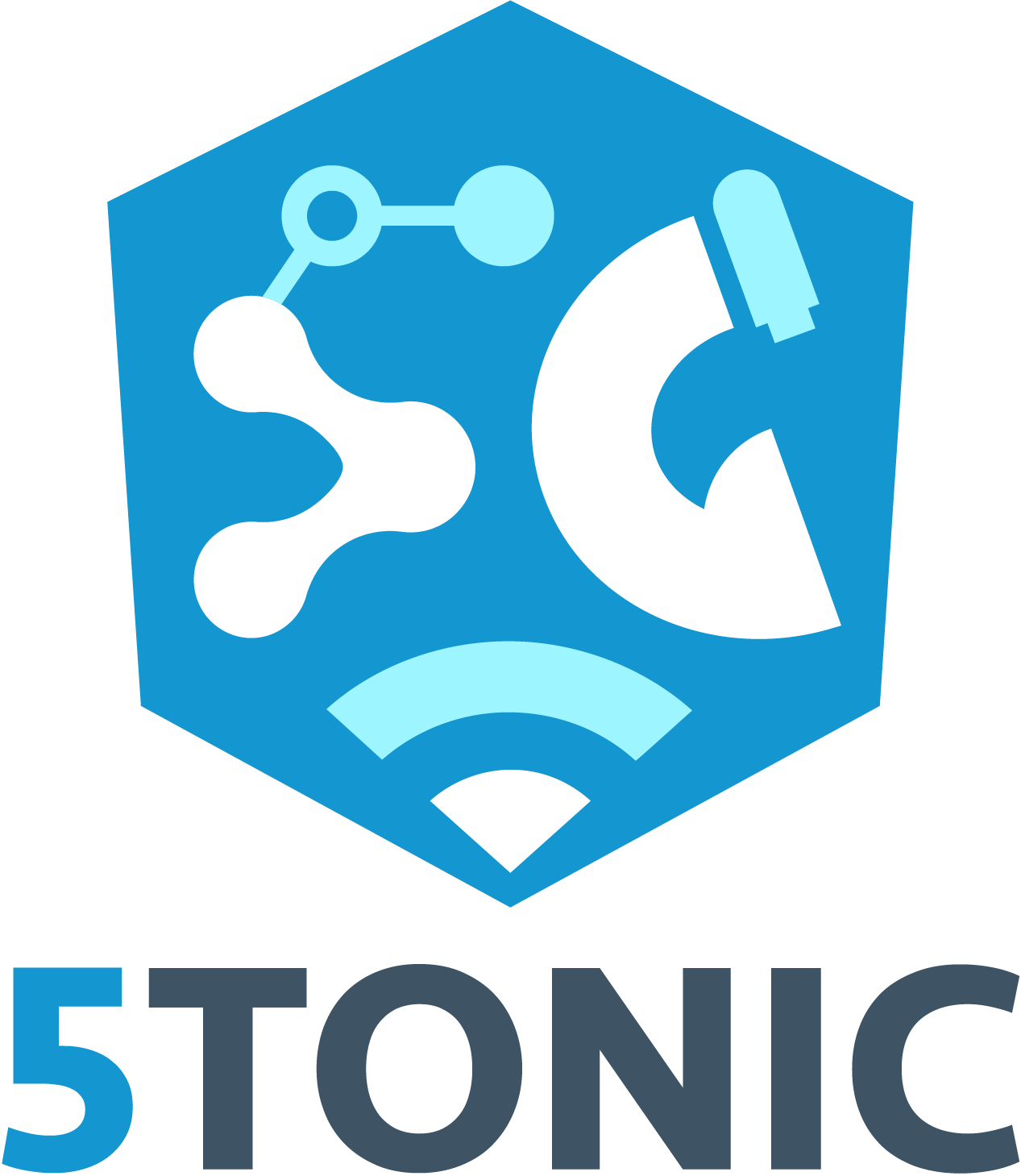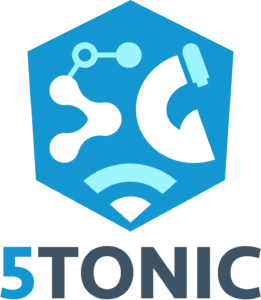Six emerging technology trends for mobile networks that will mark 2024 according to the 5TONIC laboratory

Continuous innovation beyond 5G, the development of artificial intelligence, green technology or open and disaggregated architectures are some of the terms that promise to foster digitization in Spain
The 6 trends according to 5TONIC, the open research laboratory for the development of new technologies, are:
- The evolution from 5G to 6G technology.
- The evolution of open and disaggregated architectures.
- The APIfication of network capabilities.
- The Evolution of Artificial Intelligence (AI).
- The rapid growth of extended reality.
- The use of green technology for sustainability.
January 10 2024. The Spain Digital Agenda 2025 seeks to achieve a highly digitized society and economy. According to the European Commission’s Digital Decade 2023 report, Spain stands out for its recent efforts and improvements, leading the deployment of fiber and adoption of ultrafast broadband within the EU. The country is at the forefront in these aspects. The document also reveals an investment of more than 12 million euros with European funds to boost technological development and achieve digital autonomy, in line with the previously mentioned Digital Agenda.
In addition, the European Union has recently achieved a new milestone by becoming the first region in the world to agree on the first Artificial Intelligence (AI) Law. This agreement tackles a challenge in which to encourage the development and adoption of this new technology, while respecting the fundamental rights of citizens.
According to Carlos J. Bernardos, vice president of 5TONIC and full professor at UC3M, «5G is going to unleash the full potential of new parallel technologies such as artificial intelligence. The deployment and development of 5G is critical to the evolution of AI in certain sectors. Both technologies offer new possibilities to companies for faster decision making, and in this sense the work of parties such as 5TONIC is very important in order to bring these use cases to companies.»
In this context, 5TONIC, the 5G open laboratory for innovation and research founded by Telefónica and IMDEA Networks, highlights the trends that will shape this year:
- The evolution from 5G to 6G technology
By 2024, 5G coverage is expected to extend to more countries and regions, reaching more than half of the world’s population. At the same time, new services and applications are being developed to take advantage of 5G. From a technology development standpoint, by mid-2024 3GPP will complete the standardization of Release 18, which is the first version of 5G-Advanced and includes enhancements for artificial intelligence (AI), machine learning (ML) and full duplex technologies. 3GPP is currently working on defining the second version of 5G-Advanced (Release 19). This version is expected to include enhancements for network segmentation, security and interoperability.
All these improvements will lead, starting in 2026, to the new specification of 6G mobile communications standards, for which technological solutions are already being researched in order to overcome the 5G limitations and to achieve goals such as higher information transmission speed with greater reliability and lower cost
2. The evolution of open and disaggregated architectures
The evolution of open and disaggregated architectures is key to the development of new use cases and innovation and which will be a dominant trend in the technology industry due to their ability to revolutionize the way in which systems are designed, implemented and managed.
These architectures allow the integration of components from different providers, thus fostering independence and flexibility, and facilitating the configuration of individual components without affecting the overall operation of the system, which speeds up the development cycle and reduces the associated costs. This trend reflects the growing importance of collaboration, interoperability and responsiveness in an increasingly dynamic and diverse technological world.
3. The APIfication of network capabilities
The APIfication of network capabilities will facilitate integration and interaction between different software components or services, exposing the capabilities of a system through APIs so that other systems or applications can use those capabilities programmatically. Within its benefits the creation of more personalized user experiences is of utmost importance.
4. The evolution of Artificial Intelligence (AI)
The figures achieved by artificial intelligence during 2023, as well as the recent agreement of the first Artificial Intelligence Law in the European Union, will mark an even greater consolidation for this technology, contributing to making networks more autonomous, efficient and self-managing.
5. The rapid growth of extended reality
By 2024, the growth of the extended reality market is expected to be remarkable thanks to the introduction of new applications and technological options in different fields such as entertainment and gaming, education and training, medicine, architecture and design, the industrial sector or tourism.
6. The use of green technology for sustainability
Linked to society’s growing environmental awareness, green technology is expected to become mainstream by 2024 through technological innovations and the use of IT resources in a more engaged and responsible manner. In addition, there will be a definite focus on renewable energies such as solar and wind, as well as smart resource management including real-time monitoring of air quality and waste management.
«In response to these advances, the networks of the future will be an open, virtualized, programmable and flexible architecture. Pilot projects are already underway with companies and developers so that they can create services using this new infrastructure. In this deployment, unbundled technology such as Open RAN stands out, and with it the softwarization of their networks», concludes Bernardos.
Given the context, the development of technologies will revolutionize the current paradigm, taking society to a new dimension of productivity, efficiency and communication. Research and innovation laboratories focused on new technologies such as 5TONIC will play an increasingly important role in the process of research and technological implementation in Spain.
About 5TONIC
5TONIC was initiated by Telefónica and IMDEA Networks Institute with a clear vision to create an open research and innovation ecosystem laboratory in which industry and academia come together to boost technology and business innovative ventures. The laboratory promotes joint project development, joint entrepreneurial ventures, discussion fora, events and conference sites, all in an international environment of the highest impact. 5TONIC serves to show the capabilities and interoperation of pre-commercial 5G equipment, services and applications, by leading global companies in the 5G arena. The laboratory was recently awarded Digital Innovation Hub status by the European Commission.
Collaborate with us
If you are interested in collaborating with us please fill out the following form, and we will get in contact to provide you further information.
Contact
+34 91 481 62 10
+34 91 481 69 65
We are here
5TONIC - IMDEA Networks Institute
Avenida del Mar Mediterráneo 22, 28918 Leganés (Madrid), Spain
Error: Formulario de contacto no encontrado.


